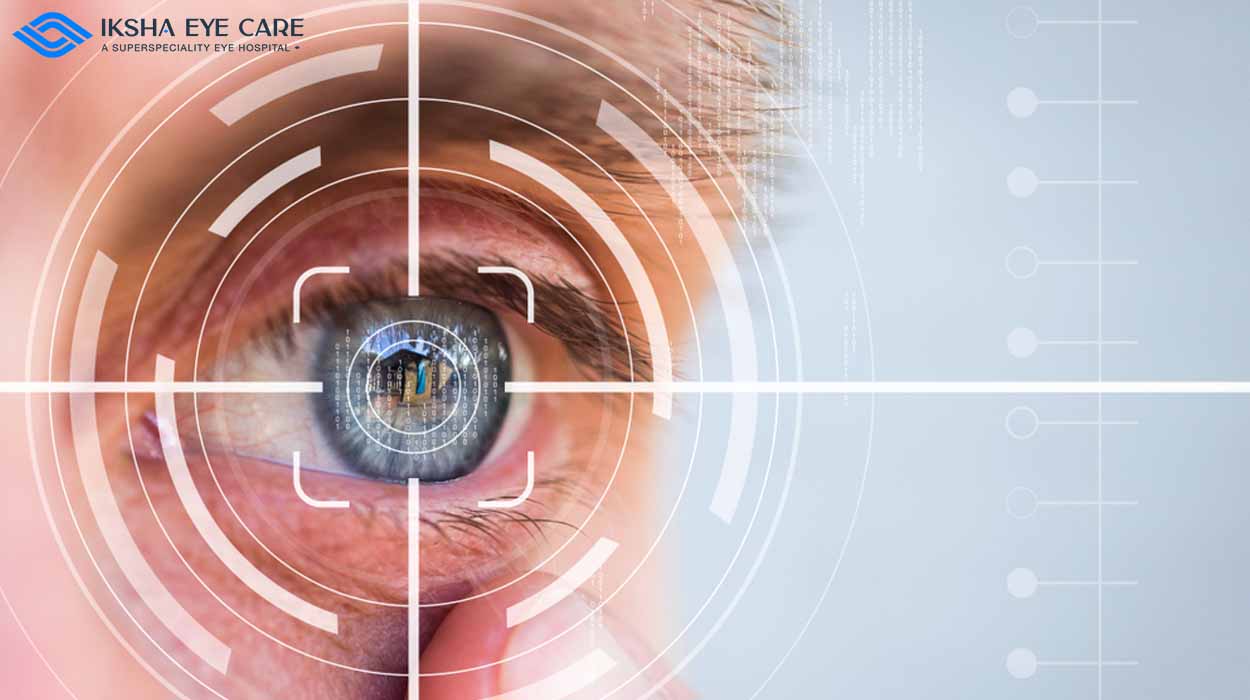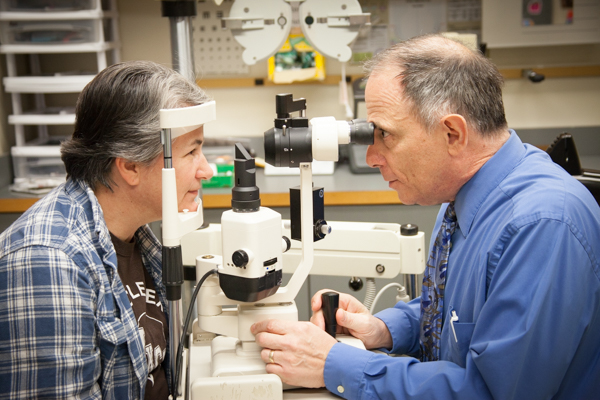The Role of Advanced Diagnostic Equipment in Identifying Eye Disorders
In the realm of ophthalmology, the use of advanced diagnostic tools has actually changed the early recognition and management of various eye conditions. From finding subtle adjustments in the optic nerve to keeping track of the progression of retinal conditions, these technologies play a pivotal role in boosting the accuracy and performance of diagnosing eye conditions. As the demand for specific and timely diagnoses continues to expand, the assimilation of cutting-edge tools like optical coherence tomography and aesthetic area testing has actually ended up being important in the world of eye care. The detailed interplay between innovation and ocular techniques not only sheds light on elaborate pathologies however also opens doors to customized therapy approaches.
Significance of Early Medical Diagnosis
Early medical diagnosis plays a critical role in the effective monitoring and therapy of eye conditions. By discovering eye conditions at an early phase, medical care companies can offer proper treatment plans tailored to the details condition, eventually leading to better end results for people.

Innovation for Spotting Glaucoma
Advanced diagnostic modern technologies play a vital role in the very early discovery and monitoring of glaucoma, a leading reason for irreversible loss of sight worldwide. One such technology is optical comprehensibility tomography (OCT), which supplies comprehensive cross-sectional images of the retina, enabling the measurement of retinal nerve fiber layer density. This measurement is necessary in assessing damages brought on by glaucoma. Another innovative device is aesthetic area testing, which maps the sensitivity of an individual's visual field, helping to detect any type of locations of vision loss attribute of glaucoma. In addition, tonometry is utilized to determine intraocular pressure, a significant threat variable for glaucoma. This test is crucial as raised intraocular pressure can bring about optic nerve damages. More recent modern technologies like the use of artificial intelligence algorithms in examining imaging data are showing encouraging outcomes in the very early detection of glaucoma. These innovative analysis tools allow ophthalmologists to detect glaucoma in its onset, enabling for prompt treatment and much better administration of the illness to stop vision loss.
Duty of Optical Comprehensibility Tomography

OCT's ability to quantify retinal nerve fiber layer density permits for exact and objective measurements, aiding in the early detection of glaucoma even prior to visual area flaws become evident. OCT innovation allows longitudinal monitoring of architectural modifications over time, facilitating individualized therapy plans and timely treatments to help maintain clients' vision. The non-invasive nature of OCT imaging also makes it a recommended choice for monitoring glaucoma development, as it can be repeated routinely without causing pain to the person. In general, OCT plays a critical role in boosting my company the diagnostic accuracy and administration of glaucoma, ultimately adding to better end results for people in danger of vision loss.
Enhancing Diagnosis With Visual Field Screening
A crucial component in extensive ophthalmic examinations, visual field screening plays an essential function in enhancing the diagnostic procedure for various eye conditions. click resources By assessing the complete extent of an individual's visual field, this test provides vital details about the useful integrity of the whole aesthetic pathway, from the retina to the visual cortex.
Aesthetic field screening is particularly useful in the diagnosis and management of problems such as glaucoma, optic nerve problems, and different neurological illness that can impact vision. With measurable measurements of peripheral and central vision, clinicians can discover refined changes that might show the visibility or progression of these disorders, also prior to visible signs and symptoms take place.
Furthermore, aesthetic area screening enables for the monitoring of therapy efficiency, assisting eye doctors customize therapeutic treatments to private clients. eyecare near me. By tracking adjustments in visual area performance with time, doctor can make enlightened choices about readjusting medications, advising surgical interventions, or executing various other proper actions to maintain or boost a client's visual feature
Managing Macular Degeneration

Conclusion
In conclusion, advanced analysis devices play a crucial role in identifying eye disorders early on. Technologies such as Optical Comprehensibility Tomography and aesthetic area screening have considerably enhanced the precision and efficiency of diagnosing problems like glaucoma and macular deterioration. Early detection permits for timely intervention and monitoring of these disorders, inevitably leading to better results for individuals. It is vital for health care experts to remain updated on these advancements to supply the finest feasible treatment for their individuals. eyecare near me.